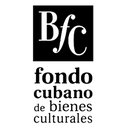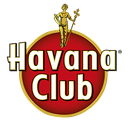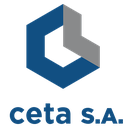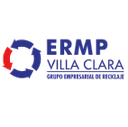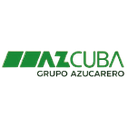Executive Secretary

IV International Conference on Sustainable Energy Development
CIDES 2025
The family of cathode materials Li-NMC (Li〖Ni〗_x 〖Mn〗_y 〖Co〗_(1‐x‐y) O_2 0.33≤x≤0.85, 0.075≤y≤0.33) includes the most popular and widely used oxide in the field of lithium-ion batteries. Therefore, applying a proprietary and scalable synthesis method to transform it into a multifunctional material capable of functioning in Li cells induced by magnetic field and light represents a starting point in the goal of mastering these disruptive technologies. This work explores for the first time the codoping of Li-NMC111 oxide with iron (Fe3+) and phosphorus (P5+) and presents the results of characterization using structural, morphological, magnetic, and optical techniques. The results demonstrate the usefulness of the applied synthesis method to obtain NMC111 with the desired layered structure for its application in lithium-ion batteries, and that it can simultaneously host both dopants, which causes an increase in the dimensions of the unit cell, the particle size, the effective magnetic moment, and light absorption.
La familia de materiales catódicos Li-NMC (Li〖Ni〗_x 〖Mn〗_y 〖Co〗_(1‐x‐y) O_2 0.33≤x≤0.85, 0.075≤y≤0.33) comprende los óxidos más utilizados en el campo de las baterías de ion litio. Por ello, aplicar un método de síntesis propio y escalable, para transformarlo en un material multifuncional con capacidad para desempeñarse en celdas de Li bajo campo magnético o luz, constituye un punto de partida en el propósito de dominar estas tecnologías disruptivas. En este trabajo se explora por primera vez el codopaje del óxido Li-NMC111 con hierro (Fe3+) y fósforo (P5+) y se presentan los resultados de la caracterización por técnicas estructurales, morfológicas, magnéticas y ópticas. Los resultados demuestran la utilidad del método de síntesis aplicado para obtener el Li-NMC111 codopado con la estructura laminar deseada para su aplicación en baterías de ion-Li y el aumento de las dimensiones de la celda unitaria, del tamaño de las partículas, del momento magnético efectivo y de la absorción luminosa.
About The Speaker

Roberto Domínguez Rodríguez

Trabajo como investigador en el laboratorio CONIONIC del IMRE-UH.
Discussion


